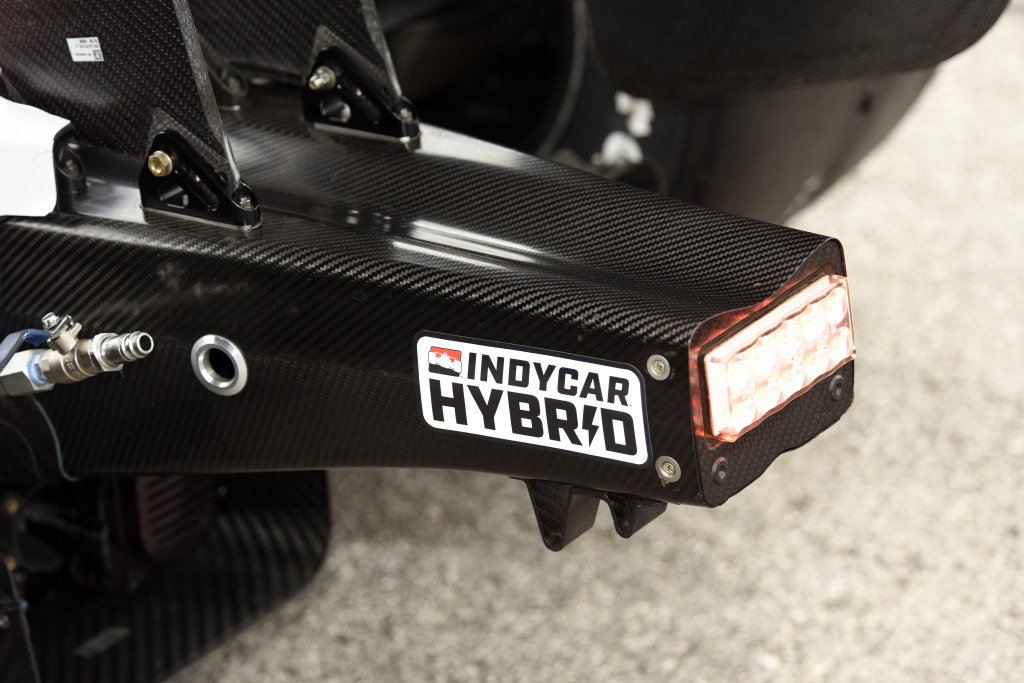The NTT IndyCar Series had a 92.6-percent success rate with its brand-new hybrids on debut at Mid-Ohio. It’s an impressive figure to consider for the mid-season introduction of the Chevy- and Honda-built energy recovery systems, and in a perfect world, the number would have been 100 percent.
In a closely-fought battle between the two brands, Honda led 53 of the 80-lap race with polesitter Alex Palou and Chevy took 27 combined laps between Pato O’Ward and Scott McLaughlin. It was the 24 laps delivered in the lead to close the race by O’Ward that gave General Motors the honor of becoming IndyCar’s first engine manufacturer to win a hybrid race.
[lawrence-auto-related count=3 category=1408]
“What an exciting race today at Mid-Ohio! Congratulations to Pato O’Ward, Gavin Ward and the entire No. 5 Arrow McLaren Chevrolet team on their outstanding win. Pato drove a skilled, patient race while his crew executed flawlessly on pit lane. It was a true team win,” said Mark Stielow, GM’s motorsports director.
“There were great battles throughout the field. With Scott McLaughlin bringing the No. 3 Team Penske Chevrolet to the finish in third, it is very rewarding for everyone on the Chevrolet engineering side along with our teams who have all put in countless hours to reach today’s race to have two drivers on the podium for debut of the IndyCar hybrid power unit.”
Chip Ganassi Racing’s Scott Dixon was the only driver to encounter a heavily impactful hybrid-related problem in the package’s first appearance in competition; after the race, Rinus Veekay’s No. 21 Chevy was also reported to have charging issues on his way to 19th. The fact that 25 of the 27 energy recovery systems are believed to have worked as intended was a great demonstration of reliability for a project that was launched and overseen by IndyCar president Jay Frye and his technical team, plus both auto brands, and chassis supplier Dallara.
“The performance of the new IndyCar hybrid power unit at Mid-Ohio Sports Car Course was impactful and highly encouraging,” a statement from the series read. “All stakeholders in the IndyCar paddock share in the pride and excitement for the future that this milestone has generated. It is the result of a truly unique collaboration between Chevrolet and Honda and the culmination of hundreds of hours of engineering, preparation, testing and execution.
“IndyCar looks forward to the continued evolution of the hybrid power unit as teams and drivers fine-tune the system to optimize performance beginning with the first use of horsepower assist on an oval next weekend at Iowa Speedway.”
The ERS unit had another first in the Mid-Ohio race when Juncos Hollinger Racing’s Romain Grosjean spun and stalled his No. 77 Chevy late in the contest. The Swiss-born Frenchman was able to use the ERS to start the car on his own and pull away without the need for IndyCar to call for a caution and dispatch the AMR Safety Team to resolve the matter.
